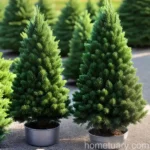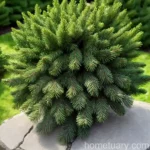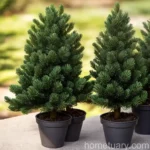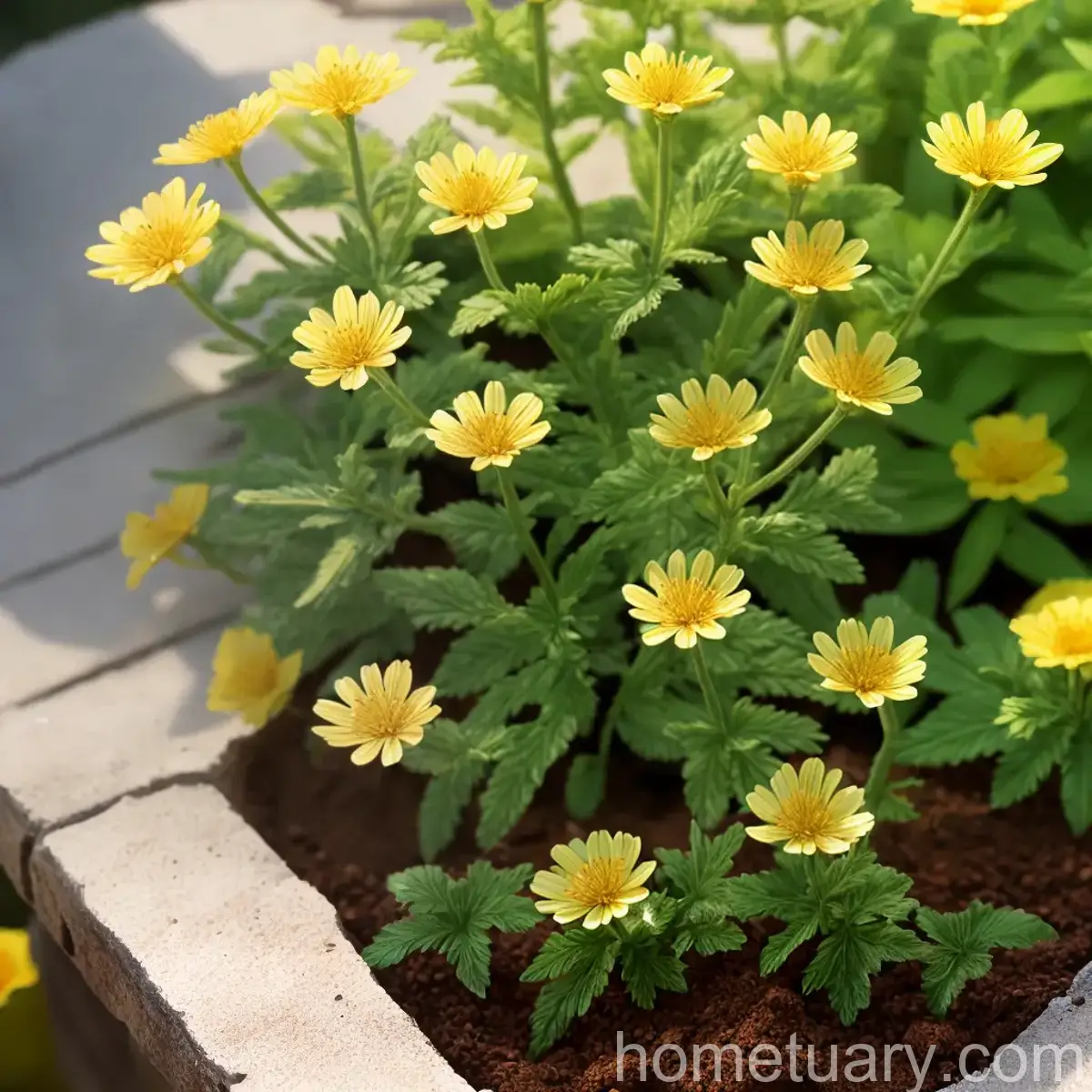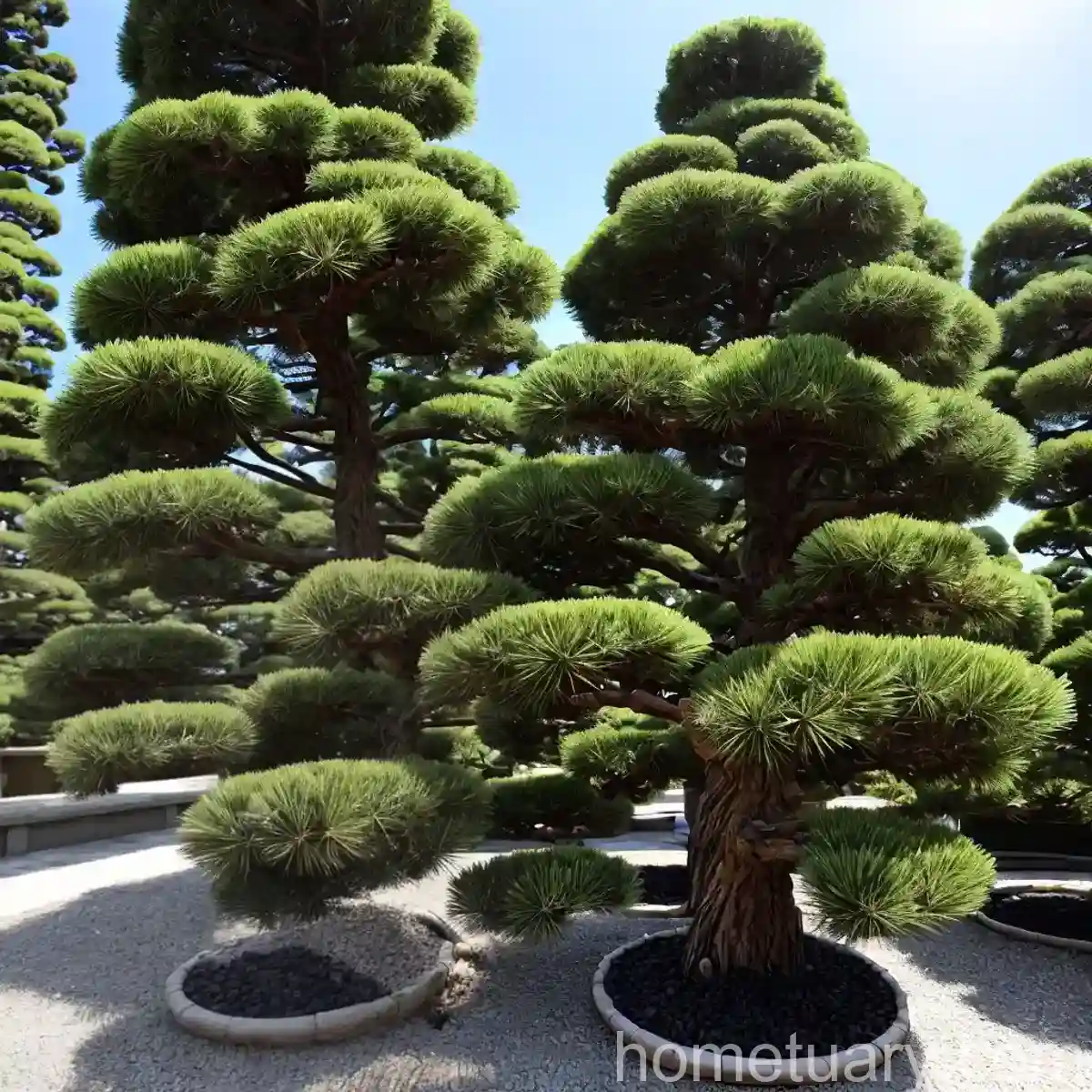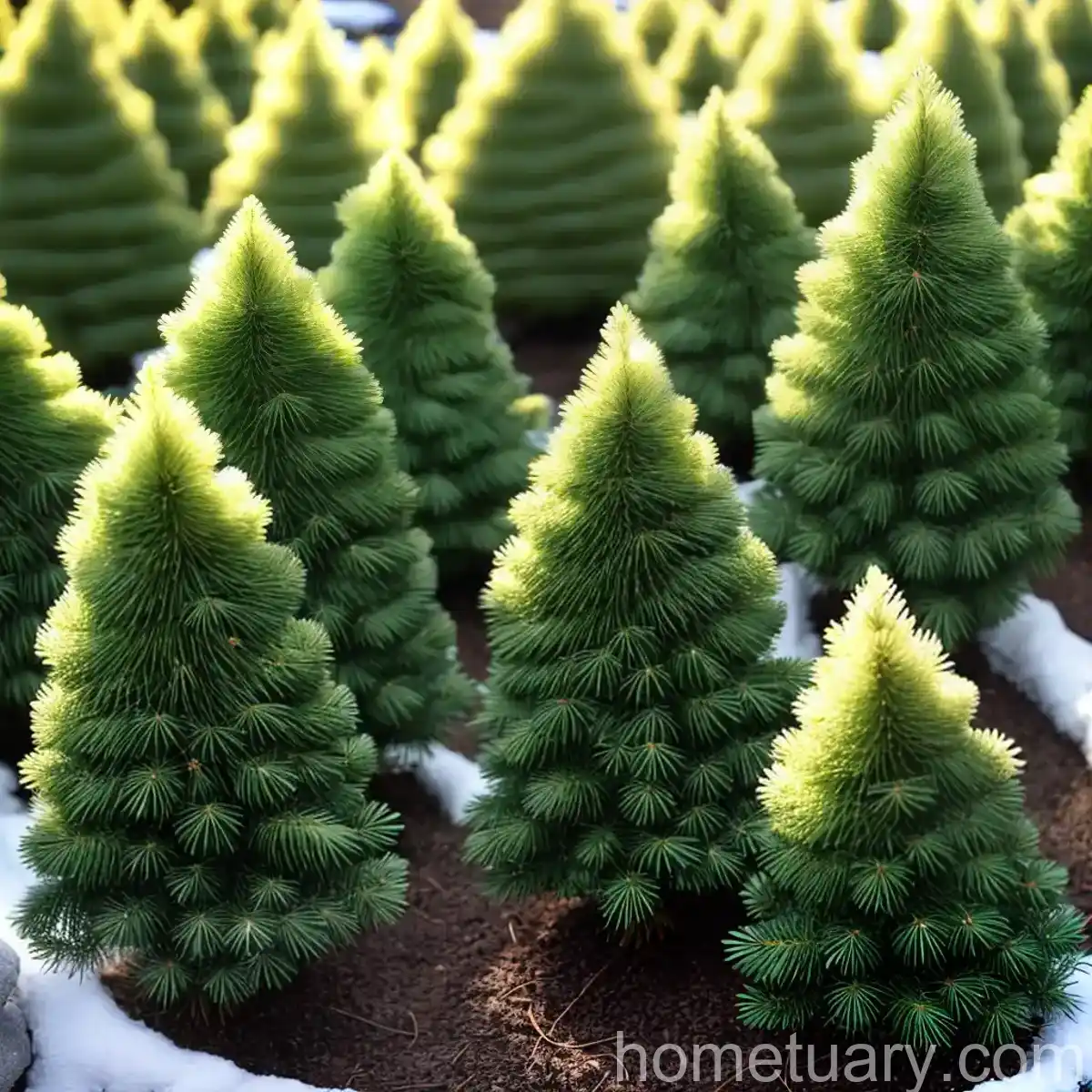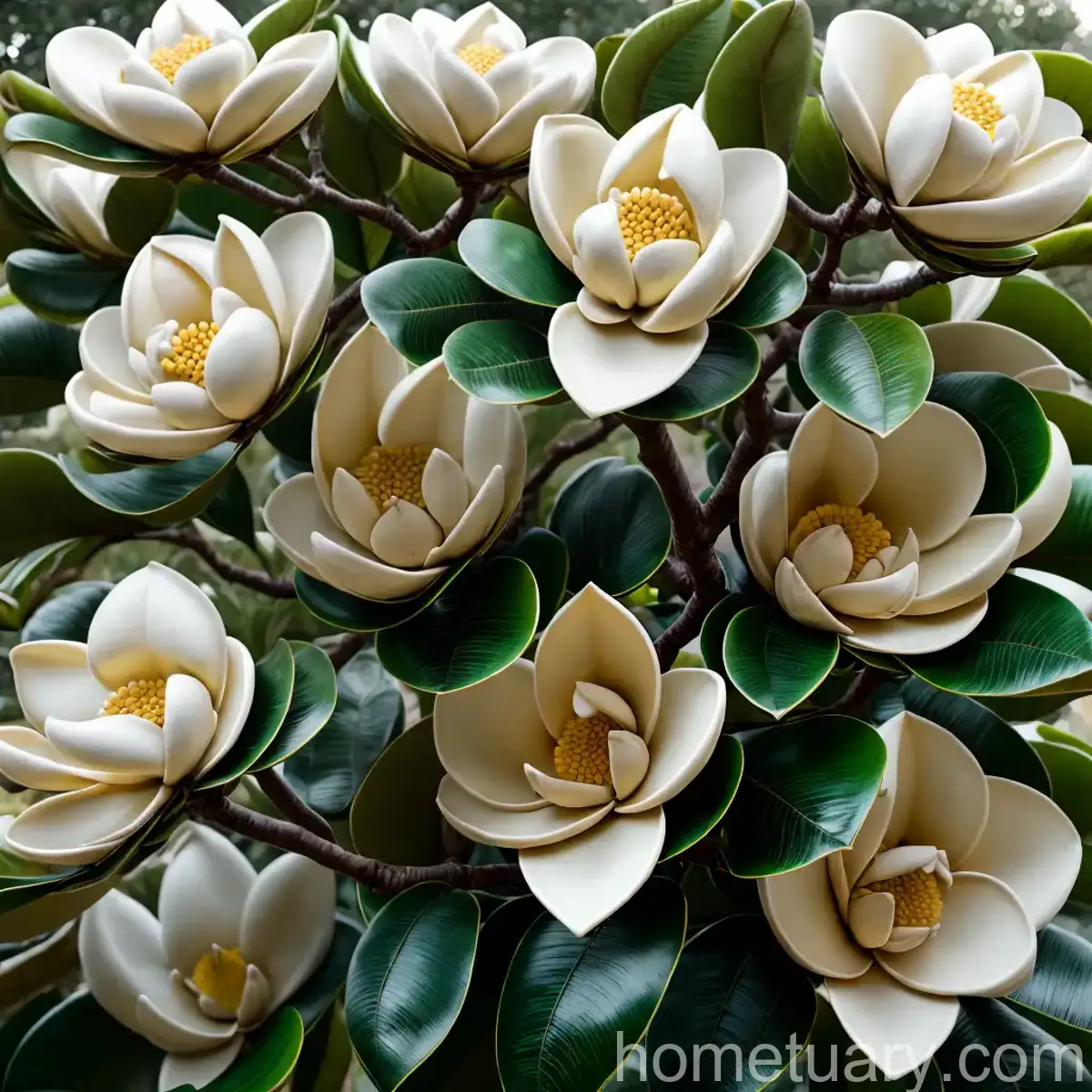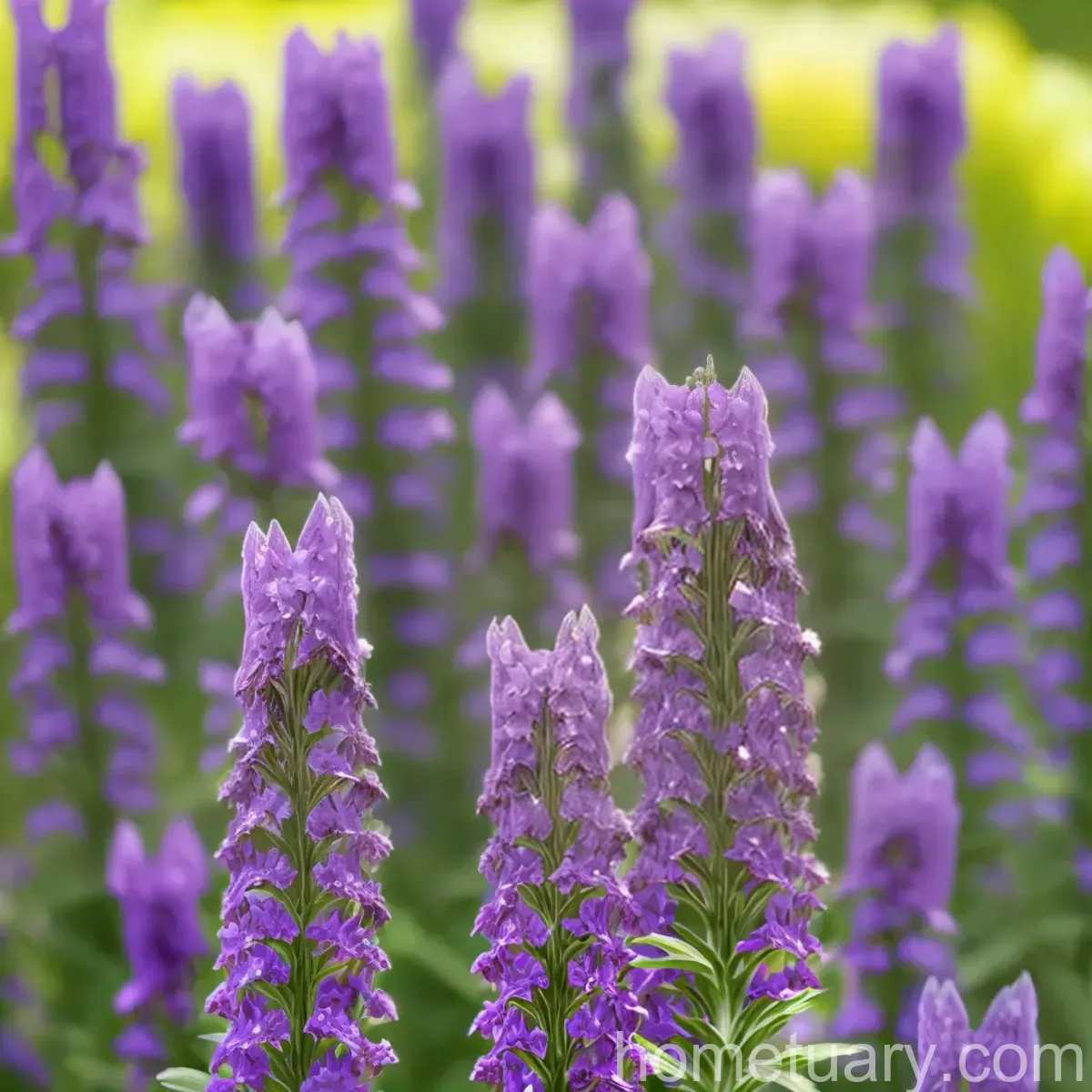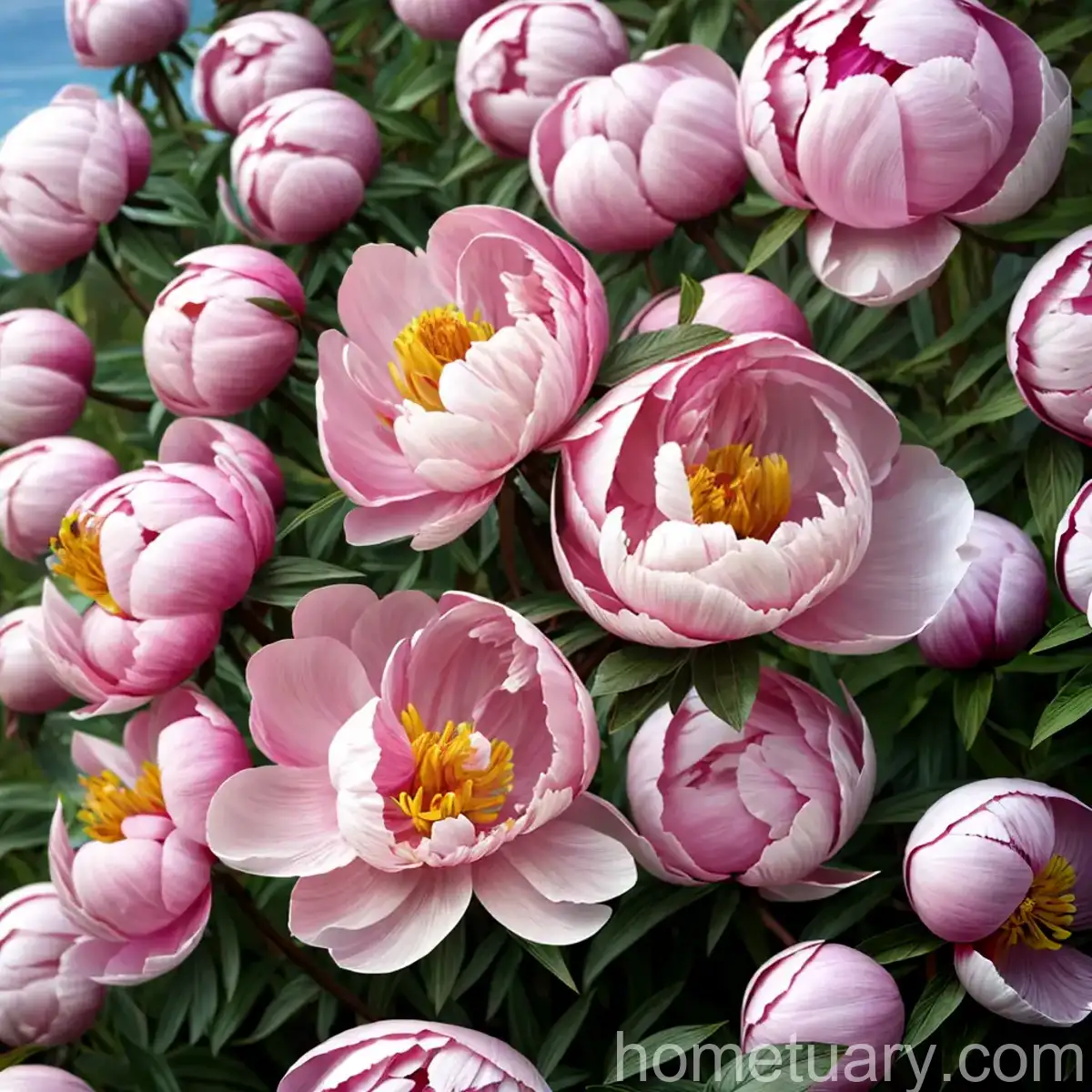The Amazing World of White Spruce (Picea glauca JEAN’S DILLY)
The white spruce, scientifically known as Picea glauca, is a stunning evergreen tree with remarkable characteristics. Its variety, Jean’s Dilly, holds remarkable ornamental value and is an essential addition for anyone interested in gardening or landscaping. In this comprehensive guide, we will delve into the world of white spruce, understanding its cultivation, uses, maintenance, and much more.
What is a White Spruce?
The white spruce is a species of spruce native to the northern parts of North America. Commonly found in the boreal forests, it constitutes a significant part of the forest ecosystem, providing habitat and sustenance for various wildlife. The term “white spruce” is derived from the characteristic color of the tree’s needles, which have a distinct whitish hue on the underside, giving the overall foliage a bright and vibrant appearance.
Key Takeaways – White Spruce (Picea glauca JEAN’S DILLY)
- Scientific Name: Picea glauca
- Variety: Jean’s Dilly
- Type: Evergreen tree
- Ornamental Value: High
- Cultivation: Temperate regions
- Uses: Landscaping, ornamental planting, wildlife habitat
Culture
Cultivating white spruce, particularly the Jean’s Dilly variety, requires an understanding of its environmental preferences and growth patterns. By paying attention to its cultural needs, you can ensure the optimal growth and health of this beautiful tree.
Water
Adequate water is essential for the establishment of young white spruce trees. When newly planted, these trees benefit from regular watering to promote root development and overall vigor. Typically, a deep watering once a week is recommended, especially in the absence of natural rainfall. However, it’s crucial to avoid waterlogging the soil, as excessive moisture can lead to root rot and other related issues.
Sunlight
White spruce, including the Jean’s Dilly variety, thrives in full sun to partial shade conditions. In its natural habitat, it is often found in open, sunny locations, absorbing the abundant sunlight to support its growth. When choosing a planting site, ensure that it receives ample sunlight throughout the day, which is crucial for the tree’s overall health and vigor.
Fertilizer
While white spruce trees are generally adaptable to various soil types, they can benefit from occasional fertilization, particularly in urban or suburban landscapes where soil conditions may not be ideal. A balanced, slow-release fertilizer applied in early spring can provide the necessary nutrients for healthy growth. However, it’s essential to avoid excessive fertilization, as this can lead to imbalanced growth and potential stress on the tree.
Soil
White spruce trees, including the Jean’s Dilly variety, prefer well-drained, slightly acidic soils. They are adaptable to a range of soil types, including loamy, sandy, or clay soils, as long as they have good drainage. It’s essential to avoid waterlogged or compacted soils, as these can negatively impact the tree’s root health and overall growth.
Pruning
As the white spruce tree matures, it may benefit from occasional pruning to maintain its shape and remove any dead or damaged branches. When pruning, it’s important to use sharp, clean tools to make precise cuts, minimizing the risk of injury to the tree. Pruning is best carried out during the dormant season to minimize stress on the tree and promote rapid healing of pruning wounds.
Propagation
Propagating white spruce, particularly the Jean’s Dilly variety, can be achieved through various methods, including seed propagation and grafting. While seed propagation is a common approach, it requires patience as white spruce seeds often have a dormancy period that needs to be addressed before successful germination. Grafting, on the other hand, allows for the production of clones with desirable traits, offering a more predictable outcome in terms of tree quality and characteristics.
Container Popularity
White spruce trees are also popular choices for container planting, particularly in urban and suburban settings where space may be limited. The Jean’s Dilly variety, with its ornamental value, is especially well-suited for container gardening, adding a touch of greenery and elegance to patios, balconies, and front porches.
Common Diseases
Despite their hardiness, white spruce trees, including the Jean’s Dilly variety, are susceptible to certain diseases that can impact their overall health and appearance. Understanding these common diseases and their symptoms is essential for timely intervention and management.
Disease Diagnosis
Needle Cast: This fungal disease affects the needles of white spruce trees, leading to discoloration, browning, and premature shedding. It is often caused by various fungi and can significantly impact the tree’s overall aesthetic appeal if left untreated. Regular inspection of the needles and proper fungicidal treatments can help manage this disease effectively.
Cytospora Canker: Cytospora canker is a common disease that affects the branches of white spruce trees, causing dieback, resinous bark, and eventual branch mortality. It is important to prune and remove affected branches promptly to prevent the spread of the disease within the tree.
Root Rot: Excessive moisture in the soil can lead to root rot, a condition caused by various types of fungal pathogens. Symptoms include wilting, yellowing foliage, and overall decline in tree health. Improving soil drainage and avoiding over-watering can help prevent the occurrence of root rot.
Common Pests
Spruce Budworm
The spruce budworm is a significant pest that can affect the health and vitality of white spruce trees, particularly in their natural forest habitats. The larvae of this moth species feed on the buds and young needles of spruce trees, causing defoliation and stress to the affected trees. Timely monitoring and intervention, including the use of biological control methods, can help manage the impact of spruce budworm infestations.
Spider Mites
Spider mites can also pose a threat to white spruce trees, especially in dry and hot conditions. These tiny arachnids feed on the sap of the needles, leading to stippling, discoloration, and potential defoliation. Regularly spraying the foliage with a strong jet of water can help reduce spider mite populations and prevent excessive damage to the tree.
Botanist’s Tips
- When selecting a location for planting white spruce, consider its mature size and growth habits to ensure adequate space for its development.
- Regularly monitor the tree for signs of stress, diseases, or pest infestations, and take appropriate action as needed to maintain its health and vitality.
- Consider the ornamental value of the Jean’s Dilly variety for landscaping and gardening applications, leveraging its unique characteristics to enhance outdoor spaces.
Fun Facts
- White spruce trees are known for their pleasant fragrance, particularly during the warmer months, adding an aromatic dimension to outdoor environments.
- The needles of the white spruce are a valuable source of Vitamin C and have been historically used by indigenous communities for various medicinal purposes.
Links to External Resources
To further explore the world of white spruce and gain valuable insights into its cultivation, maintenance, and uses, consider the following external resources:
- USDA Plants Database – Picea glauca
- The Spruce – All About Growing Spruce Trees
- Royal Horticultural Society – Spruce Trees: A Growing Guide
Conclusion
The white spruce, represented by the Jean’s Dilly variety, stands as a remarkable addition to the world of ornamental trees, offering beauty, resilience, and an array of practical uses. Whether planted for landscaping, gardening, or environmental conservation, this evergreen tree continues to captivate enthusiasts and experts alike with its iconic presence and valuable contributions to natural ecosystems. Through a deeper understanding of its cultivation, characteristics, and potential challenges, we can ensure the continued appreciation and preservation of this magnificent species.




